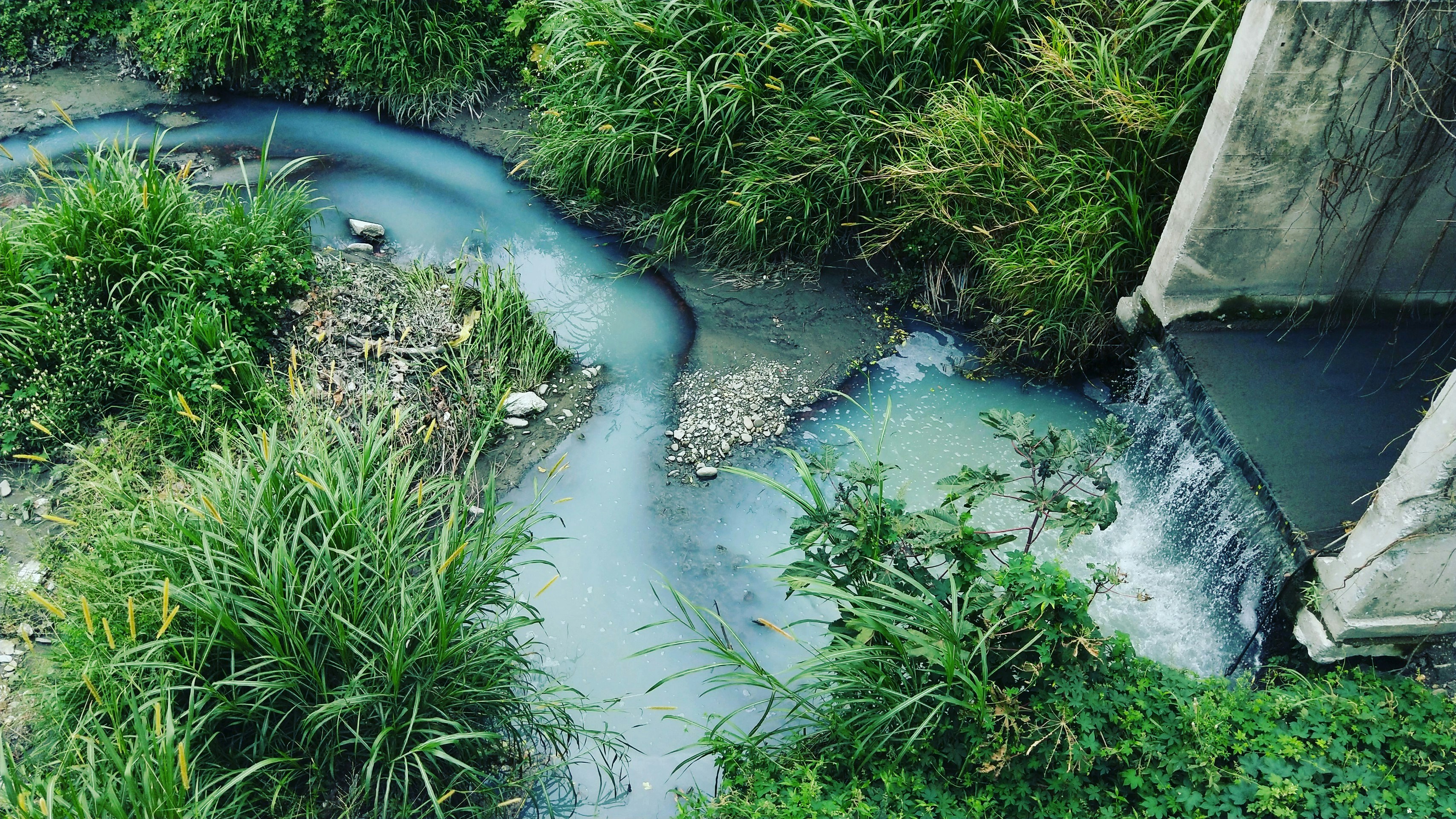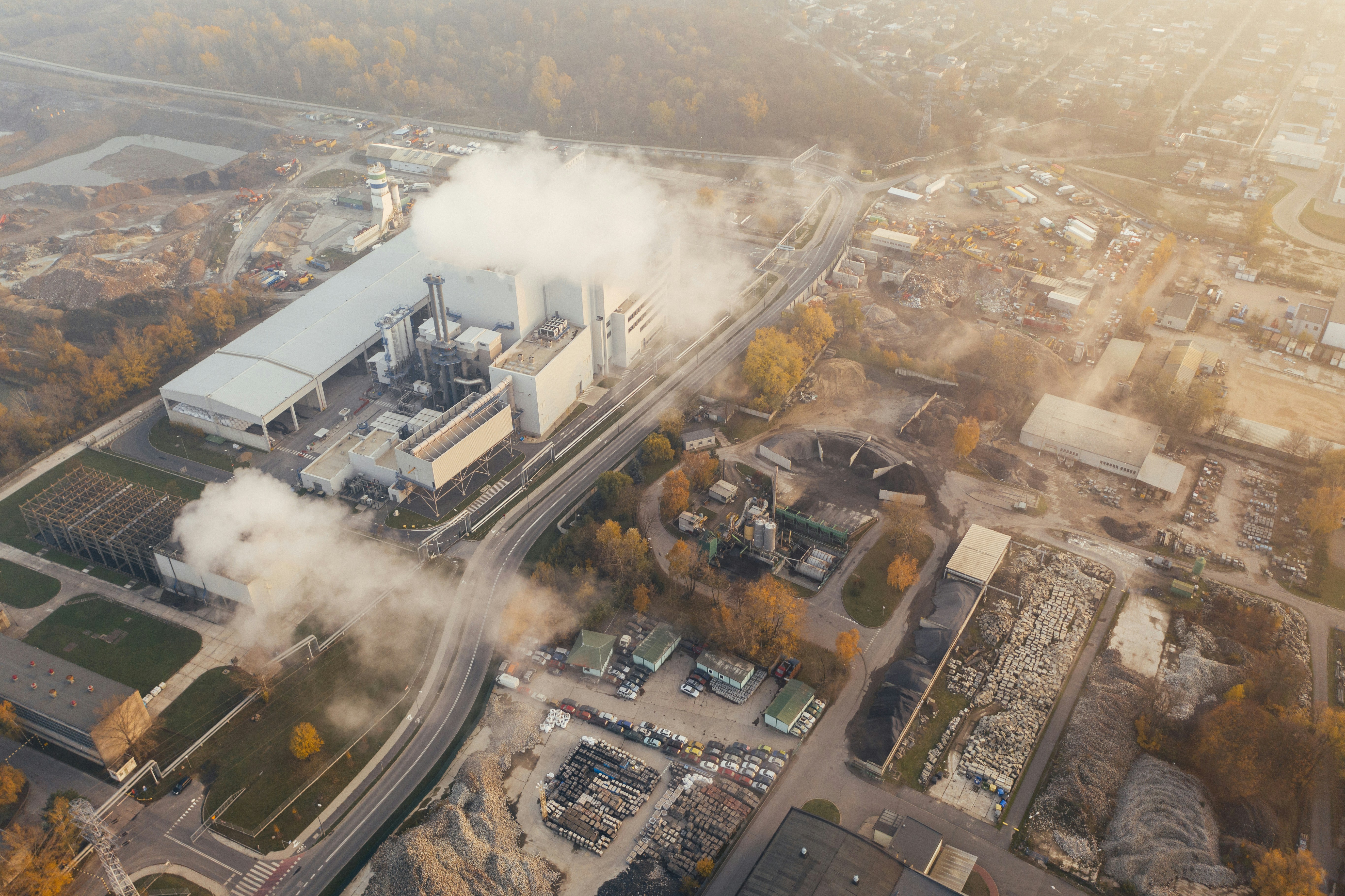The Environmental Impact of Fast Fashion: What You Need to Know

The rise of fast fashion has made clothing more affordable and accessible than ever — but behind the low price tags lies a hidden cost to our planet. The environmental impact of fast fashion is massive, affecting everything from water resources to carbon emissions and waste management. Understanding these effects is the first step toward making more sustainable fashion choices.

🚱 1. Water Waste & Pollution
One of the most severe environmental impacts of fast fashion is its enormous water footprint. It takes:
2,700 liters of water to make one cotton T-shirt
10,000 liters or more for a pair of jeans
The dyeing process, often outsourced to factories with little environmental regulation, leads to toxic wastewater being dumped into rivers, contaminating ecosystems and local water supplies.
🌬️ 2. Greenhouse Gas Emissions
The fast fashion industry contributes 10% of global carbon emissions, more than international flights and maritime shipping combined. From manufacturing synthetic fibers like polyester to transporting goods worldwide, the carbon footprint of fast fashion is staggering.

🧺 3. Massive Textile Waste
Fast fashion encourages a “buy more, wear less” culture. Clothes are often discarded after just a few wears. Over 92 million tons of textile waste is produced globally each year — much of which ends up in landfills or incinerators, releasing toxic gases.
🧫 4. Microplastic Pollution
Fast fashion heavily relies on synthetic materials such as polyester, nylon, and acrylic. These fabrics shed microplastics during washing, which make their way into oceans and food chains, threatening marine life and human health.
Choose sustainable options from trusted companies like EcoThreads
EcoThreads
🌾 5. Land Use & Agriculture
Conventional cotton farming — a backbone of the fast fashion supply chain — uses harmful pesticides and fertilizers, degrading soil quality and harming biodiversity. Deforestation for fiber crops like rayon and viscose also contributes to habitat destruction.
✅ How You Can Make a Difference
Want to reduce the environmental impact of fast fashion? Here’s how:
Buy Less, Choose Better – Invest in durable, timeless pieces.
Support Sustainable Brands – Choose companies committed to ethical and eco-conscious production.
Recycle or Upcycle – Extend your clothes’ life through repair, resale, or creative reuse.
Wash Smart – Use cold water, wash less frequently, and use a microplastic filter.
💬 Final Thoughts
The environmental impact of fast fashion is too big to ignore. Every item we buy has an ecological cost. By being more mindful with our clothing choices, we can help slow down the fashion cycle and protect the planet for future generations.
Instead of supporting brands that overproduce and pollute, choose sustainable options from trusted companies like EcoThreads, which prioritize ethical manufacturing and eco-friendly materials
Related Articles
Recent Comments
Recent Posts
Tags
Awesome Beachwear Cool Eco-Friendly Fabric Eco-Friendly Tips Ethical Clothing Ethical Fashion Fashion Pollution Fast Fashion Green Choices Living a Sustainable Life Nice Organic Clothing organic cotton organic cotton fabric Shorts Slow Fashion Summer Sunglasses Sustainable Fabrics Textile Waste Vintage Winter






